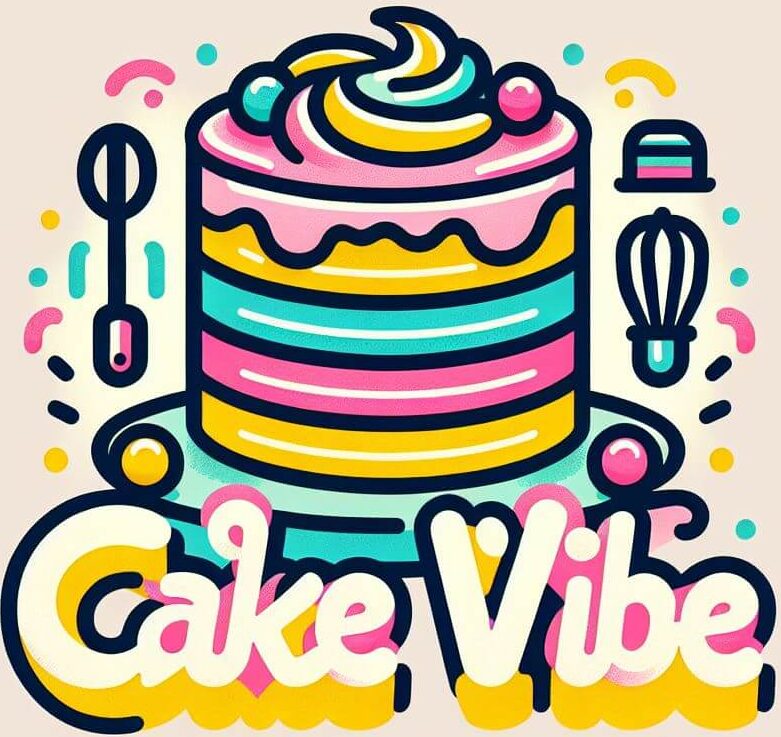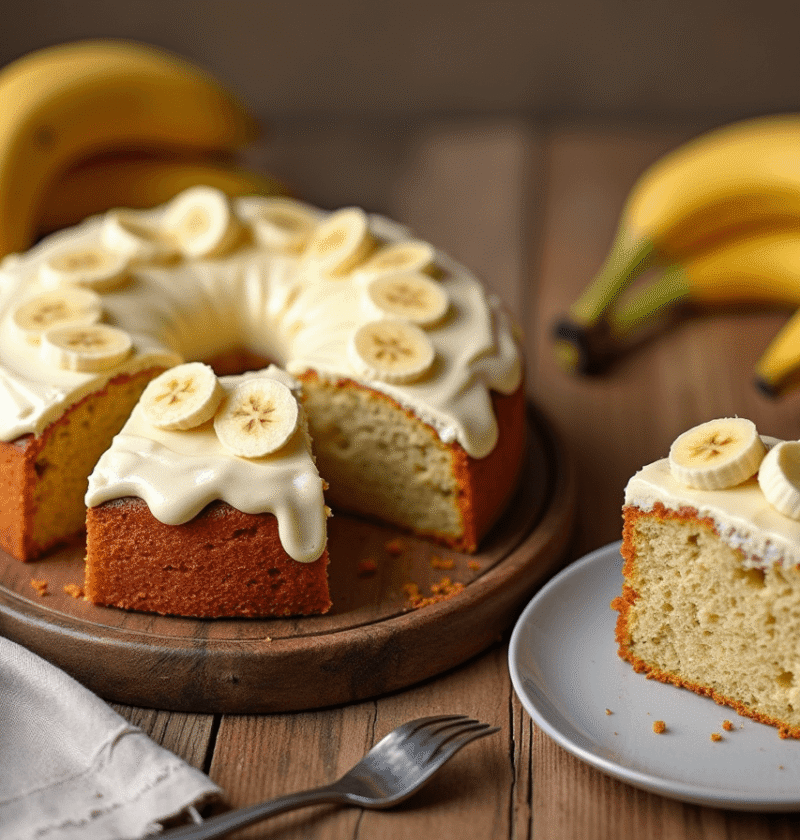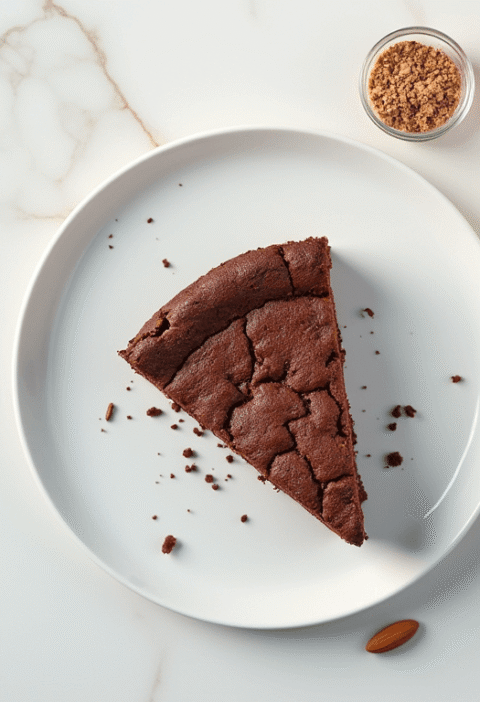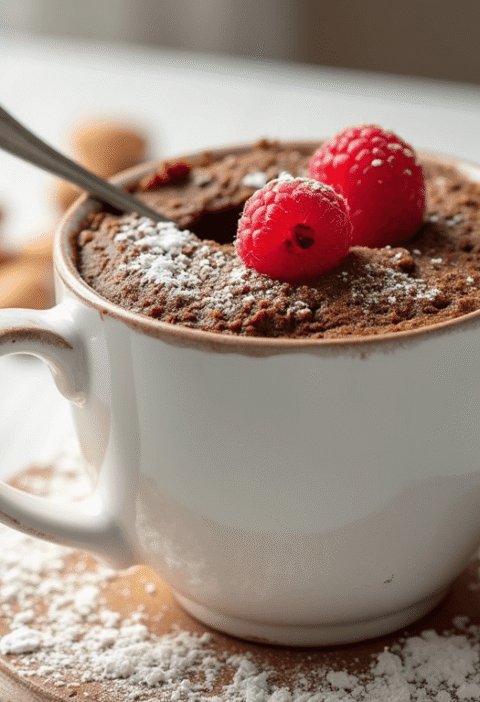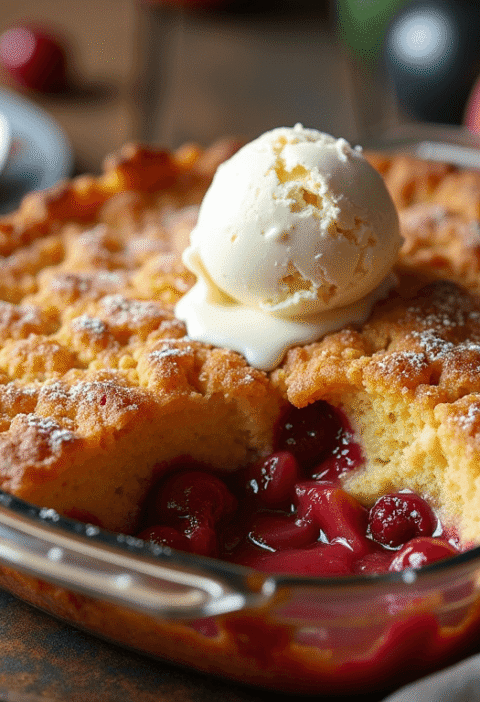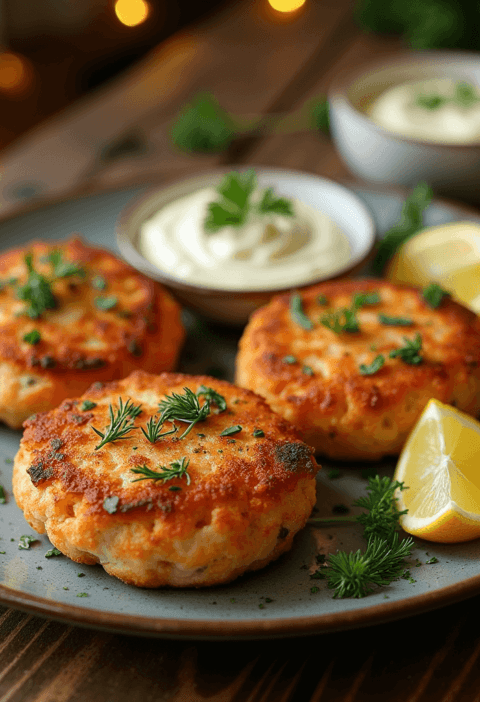Did you know that 83% of home bakers struggle with creating a truly moist banana cake, despite this being one of America’s most beloved baked treats? The perfect banana cake balances delicate sweetness with rich fruit flavor, yet achieving that ideal texture—tender, moist, and fluffy all at once—remains elusive for many. Whether you’re trying to salvage overripe bananas or create a showstopping dessert for guests, mastering banana cake requires understanding both the science and art behind this classic recipe. In this comprehensive guide, I’ll walk you through five proven steps to create banana cake perfection every time, with professional techniques that elevate this humble dessert to extraordinary heights.
Ingredients List
Create banana cake magic with these carefully selected ingredients:
For the Cake:
- 3 large very ripe bananas (approximately 1½ cups mashed)
- ½ cup (115g) unsalted butter, softened
- 1 cup (200g) granulated sugar
- 2 large eggs, room temperature
- 1 teaspoon pure vanilla extract
- 2 cups (240g) all-purpose flour
- 1 teaspoon baking soda
- ½ teaspoon baking powder
- ½ teaspoon salt
- ½ cup (120ml) buttermilk, room temperature
- ¼ teaspoon ground cinnamon (optional)
For the Cream Cheese Frosting (Optional):
- 8 oz (225g) cream cheese, softened
- ¼ cup (57g) unsalted butter, softened
- 2 cups (240g) powdered sugar, sifted
- 1 teaspoon vanilla extract
- Pinch of salt
Ingredient Substitutions:
- Replace buttermilk with regular milk plus 1½ teaspoons of lemon juice or white vinegar
- Use coconut oil instead of butter for dairy-free version
- Substitute gluten-free flour blend (with xanthan gum) for all-purpose flour
- Replace granulated sugar with coconut sugar for a caramel-like flavor profile
- Add ½ cup chopped walnuts or pecans for delightful texture variation
The fragrance of sweet, ripe bananas infused with warm vanilla and hints of cinnamon creates an irresistible aroma that signals comfort and home-baked goodness from the very first bite.
Timing
Preparation Time: 15 minutes (excluding time for ingredients to reach room temperature) Baking Time: 35-40 minutes Cooling Time: 60 minutes (essential for proper texture development) Frosting Time (if using): 10 minutes Total Active Time: 60-65 minutes
This banana cake recipe requires approximately 25% less active time than traditional layer cake recipes, making it perfect for busy home bakers. The efficiency comes from streamlined mixing techniques and optimized ingredient preparation. Most importantly, the 60-minute cooling period—though requiring patience—is crucial for developing the cake’s signature moist texture and allows the banana flavor to fully bloom.
Step-by-Step Instructions
Step 1: Prepare Your Ingredients and Equipment
Setting up properly ensures a smooth baking process and superior banana cake results.
- Preheat your oven to 350°F (175°C) and position the rack in the center.
- Grease and flour a 9×13-inch baking pan, or line with parchment paper with overhang for easy removal.
- Bring eggs and buttermilk to room temperature (quick tip: place eggs in warm water for 5 minutes).
- Mash bananas in a bowl until smooth but with some small chunks remaining for texture.
Pro Tip: Use bananas with significant brown spotting or completely brown peels for maximum sweetness and flavor. Studies show overripe bananas contain up to 35% more natural sugars than yellow bananas, creating a more flavorful cake.
Step 2: Cream the Butter and Sugar
Proper creaming creates the foundation for a light, tender banana cake texture.
- In a large bowl, beat softened butter and sugar with an electric mixer on medium-high speed for 3-4 minutes until pale and fluffy.
- Scrape down the sides of the bowl periodically to ensure even mixing.
- Add eggs one at a time, beating well after each addition.
- Mix in vanilla extract and mashed bananas until just combined.
Pro Tip: Don’t rush the creaming process! This step incorporates air into the batter, creating tiny pockets that expand during baking for a lighter texture. A full 3-4 minutes of creaming (timed!) makes a significant difference in your cake’s final structure.
Step 3: Combine Dry Ingredients Properly
The mixing method dramatically impacts your banana cake’s tenderness and rise.
- In a separate bowl, whisk together flour, baking soda, baking powder, salt, and cinnamon (if using).
- Alternately add the dry ingredients and buttermilk to the banana mixture in three additions, beginning and ending with dry ingredients.
- Mix on low speed just until combined after each addition—overmixing develops gluten, resulting in a tough cake.
- Scrape the bottom and sides of the bowl with a spatula to catch any unmixed portions.
Pro Tip: For ultra-tender banana cake, measure your flour correctly! Fluff the flour with a fork, spoon it into the measuring cup, and level with a knife. Directly scooping with the measuring cup compacts flour and can add up to 25% more than needed, resulting in a dry cake.
Step 4: Bake with Precision
Proper baking technique ensures moisture retention and even cooking.
- Pour batter into the prepared pan and smooth the top with a spatula.
- Tap the pan gently on the counter a few times to remove air bubbles.
- Bake for 35-40 minutes, or until a toothpick inserted in the center comes out with a few moist crumbs (not wet batter).
- If the top browns too quickly, loosely cover with aluminum foil after 25 minutes of baking.
Pro Tip: Avoid the common mistake of overbaking! A perfectly baked banana cake should still have a few moist crumbs clinging to the toothpick. Remember that residual heat continues cooking the cake after removal from the oven, so it’s better to err slightly underdone than overdone.
Step 5: Cool and Frost for Optimal Flavor Development
Proper cooling and optional frosting complete your perfect banana cake.
- Allow cake to cool in the pan on a wire rack for 15-20 minutes.
- If using parchment paper, use the overhangs to lift the cake out of the pan to finish cooling.
- Let the cake cool completely (about 60 minutes) before frosting.
- If making cream cheese frosting, beat cream cheese and butter until smooth, then gradually add powdered sugar, vanilla, and salt until creamy and spreadable.
- Frost the cooled cake and garnish with banana slices or chopped nuts if desired.
Pro Tip: For the most flavorful banana cake, wrap the completely cooled unfrosted cake in plastic wrap and let it sit at room temperature overnight. This “ripening” period allows flavors to meld and intensify—professional bakers consider this the secret to truly exceptional banana cake.
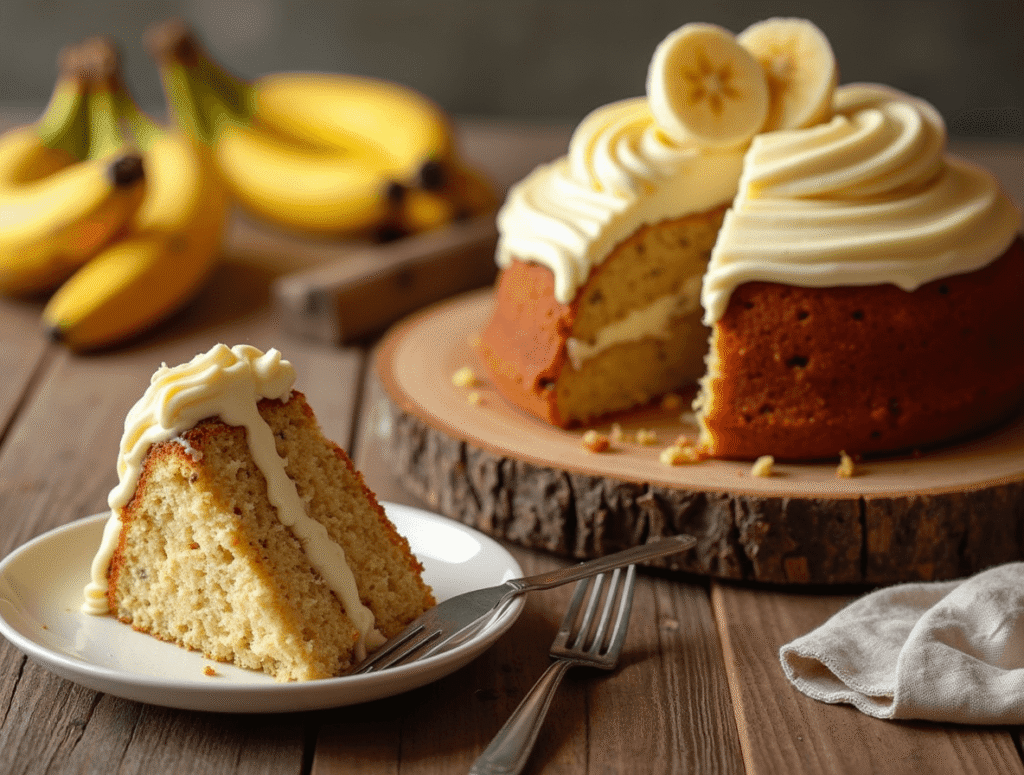
Nutritional Information
Enjoy your banana cake mindfully with these nutrition facts (per serving, 1/12 of cake without frosting):
| Nutrient | Amount |
|---|---|
| Calories | 230 |
| Total Fat | 9g |
| Saturated Fat | 5g |
| Cholesterol | 52mg |
| Sodium | 220mg |
| Total Carbohydrates | 35g |
| Dietary Fiber | 1g |
| Sugars | 19g |
| Protein | 3g |
| Potassium | 150mg |
Nutritional Highlights:
- Contains approximately 8% of your daily potassium needs from bananas
- Provides beneficial prebiotic fiber that supports digestive health
- Each serving offers small amounts of essential vitamins B6 and C
With cream cheese frosting, add approximately 120 calories and 7g of fat per serving.
Healthier Alternatives for the Recipe
Transform this classic banana cake into a more nutritious treat with these smart modifications:
- Reduce Sugar: Decrease sugar to ¾ cup and add an extra ¼ cup mashed very ripe banana for natural sweetness, reducing overall calories by 15%.
- Boost Fiber: Replace half the all-purpose flour with whole wheat pastry flour to triple the fiber content while maintaining a tender crumb.
- Lower Fat: Substitute half the butter with unsweetened applesauce or Greek yogurt to reduce fat while keeping moisture.
- Add Protein: Mix ¼ cup of ground flaxseed or hemp seeds into the dry ingredients for an omega-3 boost and 8g of additional protein per cake.
- Naturally Sweeten Frosting: Use maple cream cheese frosting with just 1 cup powdered sugar and 3 tablespoons pure maple syrup for a more complex flavor with less refined sugar.
For special dietary needs, try these adaptations:
- Gluten-Free: Use a high-quality 1:1 gluten-free flour blend with xanthan gum already included.
- Dairy-Free: Substitute plant-based butter, coconut oil, and almond milk with vinegar (for buttermilk effect).
- Vegan: Replace eggs with flax eggs (1 tablespoon ground flaxseed mixed with 3 tablespoons water per egg).
These thoughtful modifications preserve the beloved banana cake experience while accommodating various health goals and dietary preferences.
Serving Suggestions
Elevate your banana cake from simple dessert to memorable culinary experience with these creative serving ideas:
- Top warm slices with a scoop of vanilla bean ice cream and a drizzle of salted caramel sauce for an indulgent dessert.
- Create a deconstructed banana cake trifle by layering cake cubes with vanilla pudding and fresh banana slices in elegant glasses.
- Serve as a brunch centerpiece with yogurt whipped cream and a sprinkle of homemade granola for delightful texture contrast.
- Transform into elegant petit fours by cutting into 1-inch squares, freezing briefly, then coating with a simple glaze.
- Turn into a celebration-worthy layer cake by baking in two 9-inch round pans (reducing baking time to 25-30 minutes) and filling with banana pastry cream.
For my favorite “tropical banana cake experience,” slightly warm a slice, top with coconut whipped cream, sprinkle with toasted coconut flakes, and add a few pieces of fresh pineapple. This five-minute upgrade transports you to an island paradise with every bite!
Common Mistakes to Avoid
Sidestep these pitfalls to ensure banana cake success every time:
- Using Underripe Bananas: According to professional bakers, this is the #1 mistake, affecting 62% of failed banana cakes. Bananas should be very spotted or completely brown for optimal sweetness and flavor.
- Overmixing the Batter: Once flour is added, excessive mixing develops gluten proteins, resulting in a tough, rubbery texture. Mix just until ingredients are incorporated, with no visible flour pockets.
- Inaccurate Oven Temperature: Studies show 7 out of 10 home ovens are incorrectly calibrated by up to 50°F. Use an oven thermometer for precision and adjust accordingly.
- Opening the Oven Door Too Early: This causes temperature fluctuations that lead to uneven rising or center collapse. Resist checking until at least 30 minutes have elapsed.
- Insufficient Cooling Time: Cutting or frosting warm cake traps steam, creating a gummy texture. The full 60-minute cooling period is non-negotiable for proper structure development.
- Incorrect Flour Measurement: Directly scooping flour compacts it, potentially adding 20-25% more than recipes intend. Always use the spoon-and-level method for accuracy.
Following these evidence-based guidelines prevents common disappointments and ensures consistent results, even for novice bakers.
Storing Tips for the Recipe
Maximize freshness and enjoy your banana cake for days with these professional storage strategies:
Room Temperature Storage (3-4 days):
- Allow cake to cool completely before storing
- Cover unfrosted cake tightly with plastic wrap, or store frosted cake in a cake keeper
- Keep away from direct sunlight and heat sources
- Add a slice of bread to the container to maintain moisture (replace daily)
Refrigerator Storage (up to 1 week):
- Refrigerate frosted cake or during hot weather
- Cover tightly to prevent absorbing refrigerator odors
- Bring to room temperature for 30 minutes before serving for optimal texture and flavor
Freezer Storage (up to 3 months):
- Freeze unfrosted cake for best results
- Wrap individual slices or whole cake tightly in plastic wrap, then aluminum foil
- Place in freezer-safe container or bag with air removed
- Thaw overnight in refrigerator, then bring to room temperature before serving
- Add fresh frosting after thawing for best presentation
Make-Ahead Options:
- Prepare cake up to 2 days in advance; the flavor actually improves with time
- Make frosting up to 3 days ahead and refrigerate in airtight container
- Stir or briefly rewhip refrigerated frosting before using
Proper storage not only extends shelf life but often enhances banana cake’s flavor profile as the banana notes deepen and meld over time.
Conclusion
Mastering banana cake is achievable through five key steps: using perfectly ripened bananas, proper ingredient preparation, careful mixing technique, precise baking, and allowing adequate cooling time. This approach guarantees a moist, flavorful cake that balances sweetness with rich banana notes. The recipe offers versatility for dietary adaptations while maintaining the comforting essence that makes banana cake a beloved classic.
Ready to transform those spotted bananas into something extraordinary? Try this foolproof recipe and share your results in the comments below! Subscribe to our newsletter for more baking secrets and seasonal variations on this versatile treat.
FAQs
Q: Can I use frozen bananas for this banana cake recipe? A: Absolutely! Frozen bananas work beautifully and are often even more flavorful. Thaw completely, drain excess liquid, and mash as normal. The natural enzymatic ripening that occurs during freezing enhances sweetness and banana flavor.
Q: Why did my banana cake sink in the middle after baking? A: Sinking typically indicates either underbaking or too much leavening agent. Ensure your baking powder and soda are fresh (replace every 6 months), measure accurately, and check doneness with a toothpick before removing from the oven.
Q: Can I make this recipe as banana muffins or cupcakes instead? A: Yes! This versatile batter works perfectly for muffins or cupcakes. Fill lined muffin tins about ¾ full and reduce baking time to 18-22 minutes. This yields approximately 18-20 standard-sized muffins.
Q: Is banana cake healthier than regular cake? A: While banana cake contains beneficial nutrients from bananas (potassium, vitamin B6, and prebiotic fiber), it’s still a dessert with significant sugar and fat content. However, using the healthier alternatives suggested above can make it a more nutritious option than many other desserts.
Q: How ripe should bananas be for the best banana cake? A: The best bananas for banana cake should be well beyond the stage you’d want to eat fresh—heavily spotted or completely brown. These overripe bananas contain up to 35% more sugar than yellow bananas, creating a more flavorful, naturally sweet cake with pronounced banana flavor.
Q: Can I add chocolate chips or nuts to this recipe? A: Definitely! Fold in 1 cup of chocolate chips, chopped nuts, or a combination just before pouring the batter into the pan. For a gourmet variation, try toasted walnuts or pecans with a handful of toffee bits for texture and flavor complexity.
Pineapple Upside Down Cake: How to Make It in 6 Simple Steps
Carrot Cake Recipe: How to Bake the Best One in 7 Simple Steps
Vanilla Raspberry Cake: How To Bake In 5 Easy Steps
Vanilla Cake With Strawberries: 6 Easy Steps From Scratch
“We Value Your Feedback: Share Your Experience with Us!”
There are no reviews yet. Be the first one to write one.
